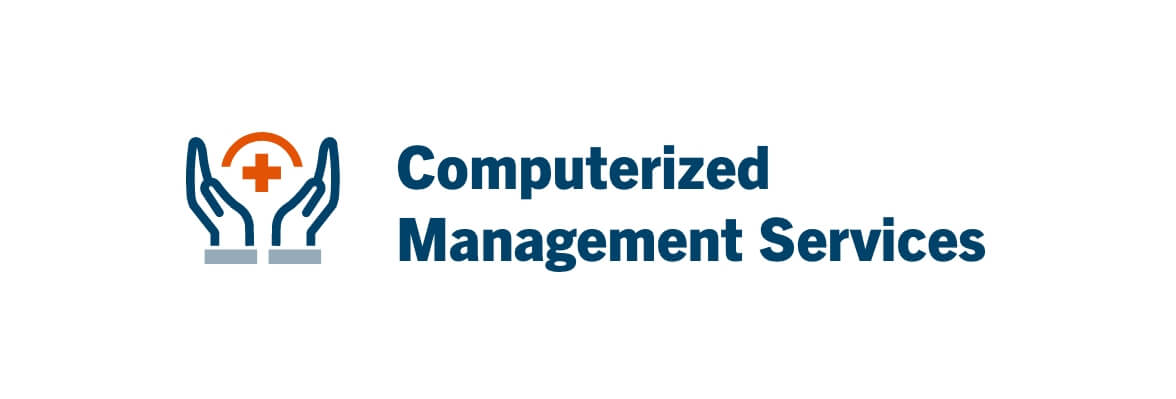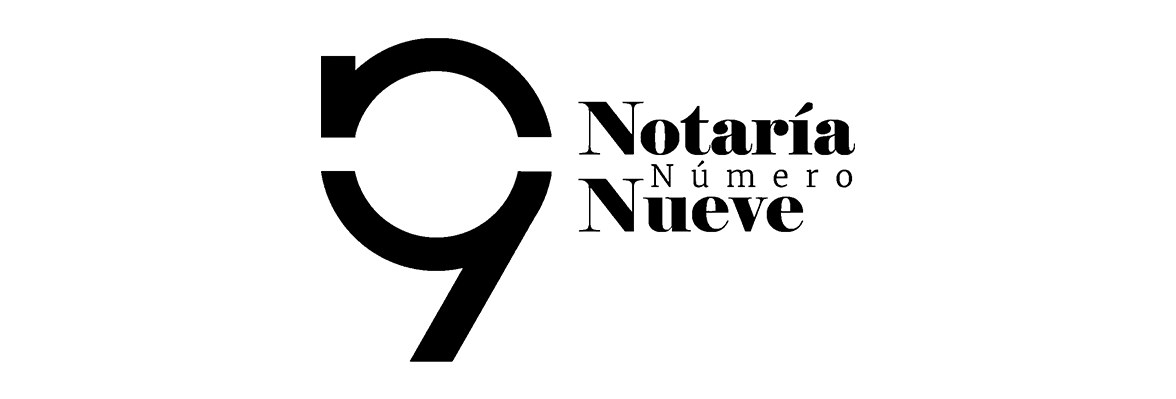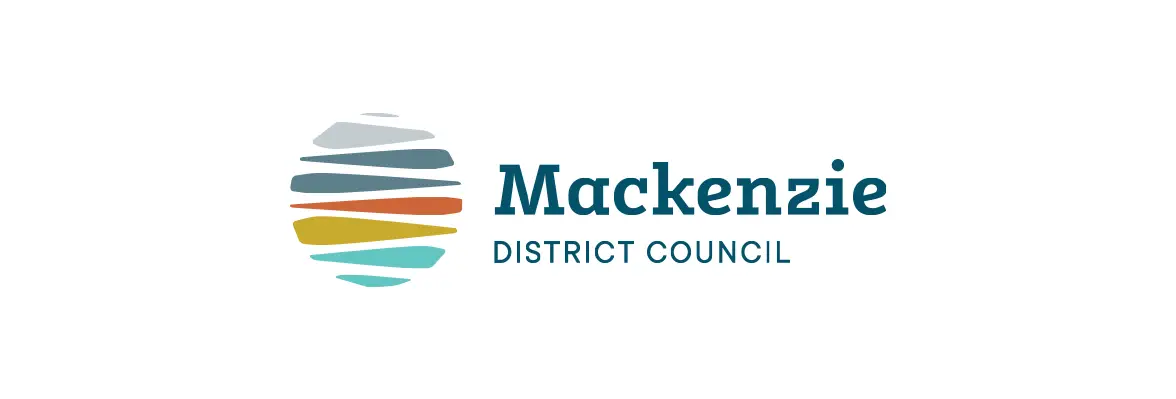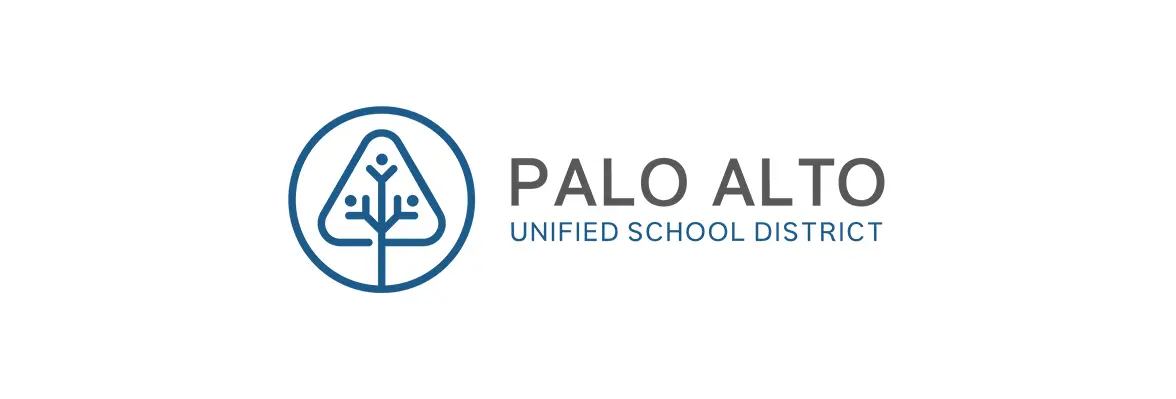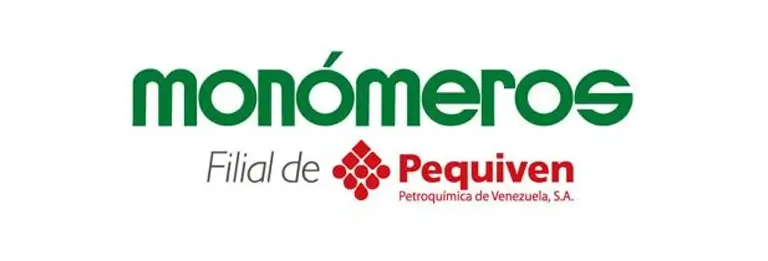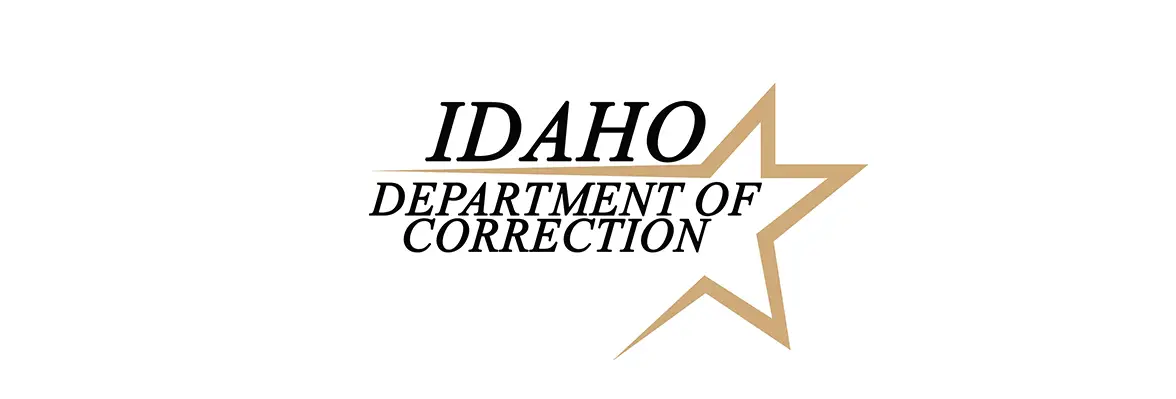Computerized Management Services
4 min read
For Computerized Management Services, a medical management company that focuses on meeting the needs of radiologists, technology paves the path to a profitable future.
“Because we’ve never lost a customer and have extremely low employee turnover as well as strong long-term relationships with all of our key suppliers, we have the means to invest in the technology necessary to build a world-class infrastructure to meet the future needs of our clients,” says President Tom Brajkovich.
This forward-thinking approach led the company to implement Laserfiche enterprise content management back in 2006. “There’s a lot of miscellaneous paper associated with medical billing, a lot of non-standardized communications coming from patients, payers and providers,” Brajkovich explains. “We knew that digitizing the paper and automating associated processes would make us more efficient.”
Prior to implementing Laserfiche, Computerized Management Services housed its paper archives in bankers boxes at offsite storage lockers, making it difficult for staff to find older documents. Files that had yet to be reviewed for coding and billing purposes were kept in filing cabinets, creating bottlenecks when documents were misplaced and limiting the management team’s visibility into the company’s overall workflow.
To facilitate access and improve productivity, the company now uses Laserfiche to process, manage and store four main document types:
- Reports and face sheets from providers.
- Explanation of benefits forms (both paper and electronic) from payers.
- Credentialing documents from providers.
- Internal training documents.
“We’re constantly scanning, uploading and processing information,” Brajkovich says.
Documents are processed and stored using Laserfiche Quick Fields 8, a high-volume capture and processing tool, and Laserfiche Workflow 8, a business process management tool. These tools eliminate the need for manual data entry and filing by:
- Automatically extracting metadata from documents.
- Auto-populating index fields.
- Creating new folders.
- Auto-filing documents.
For a company that receives thousands of documents a day from more than 100 locations in California and Arizona, this automation results in a big productivity boost. It also makes it easy for employees to retrieve documents by conducting simple field and text searches.
Processing EOBs with Laserfiche
Further enhancing productivity, Computerized Management Services uses Laserfiche to manage the explanation of benefits (EOB) forms that most insurers still send in paper format.
“We use Laserfiche Quick Fields to convert paper EOBs into usable data, and Laserfiche Workflow to facilitate EOB processing,” explains Denise Van, Vice President of Operations.
Via document shortcuts, the company uses Laserfiche Workflow to route EOBs to the appropriate client teams for processing. Client team personnel work with dual screens, so they’re able to view a document on one screen while performing data entry into the company’s CPU billing software on the other.
Although CPU and Laserfiche aren’t yet integrated, the Laserfiche Entry ID for each document is logged in each patient’s record in CPU so that it is easily retrievable. After the EOBs have been processed, Laserfiche Workflow removes the EOB shortcuts from the client team folders. Laserfiche Workflow then archives the EOBs by date of service.
Laserfiche Workflow Automation Accelerates Coding
Computerized Management Services also uses Laserfiche in conjunction with A-Life, its computer-assisted coding system.
When the company receives new information from a client site, it imports it into Laserfiche using either Laserfiche Import Agent, which captures electronic faxes, or Laserfiche Snapshot, which converts electronic documents into TIFF images. Documents are then processed by Laserfiche Quick Fields and exported to A-Life. Once documents have been coded in A-Life, Laserfiche Workflow archives the documents.
The biggest benefits of Laserfiche, however, are felt when the company can’t use A-Life. “If a facility changes the format of its reports or face sheets, it takes time to reprogram A-Life,” says Brajkovich. “When that happens, Laserfiche takes over.”
According to Van, employees need a mere 24 hours to complete the coding process in A-Life. When done on paper, the process takes 5-10 days. When used as the company’s “coding back up,” Laserfiche enables staff to complete the coding process in 48-72 hours.
“Laserfiche helps us solve problems,” says Van. “If we had to code on paper every time a facility changed its format, we’d lose a lot of time.”
The coding process in Laserfiche works as follows:
- Documents are imported into Laserfiche using Import Agent or Snapshot.
- Documents are processed by Laserfiche Quick Fields, metadata is applied and Laserfiche Workflow moves document shortcuts to the Coder folder for processing.
- The coding manager assigns work and Laserfiche Workflow moves the folder to the assigned coder.
- The assigned coder codes the document using the preview pane in Laserfiche, adding coding metadata to the Laserfiche template.
- Laserfiche Workflow then moves the document to the billing team, which exports it to CPU for processing.
- Once the completion criteria have been met, Laserfiche Workflow archives the documents.
“Laserfiche Workflow is a wonderful tool,” says Van. “We rely heavily on it.”
The Key to Going Digital
Brajkovich and Van stress that Computerized Management Services’ success with Laserfiche is the result of a phased approach to implementation and training. They first worked with Laserfiche reseller JPI Data Resource to configure the system to their specifications, and then they trained their staff.
“We didn’t roll out everything at once,” says Brajkovich. “Implementing the capabilities of Laserfiche slowly allowed us to make sure that adjusting to the new system didn’t slow us down.”
Initially, staff learned how to use Laserfiche to search and retrieve digital documents. Once the company rolled out Laserfiche Workflow, Brajkovich and Van took a train-the-trainer approach, working with key staff from the data processing and client teams to ensure that they were comfortable with the system and able to show their team members how to perform their various tasks.
Today, as always, the company is in the process of improving its workflows. “Continuous improvement is important to us,” says Brajkovich. “In order to ensure that we offer truly exceptional service to clients in the heavily nuanced field of radiology, we constantly look for ways to fine tune our processes and our use of technology.”
